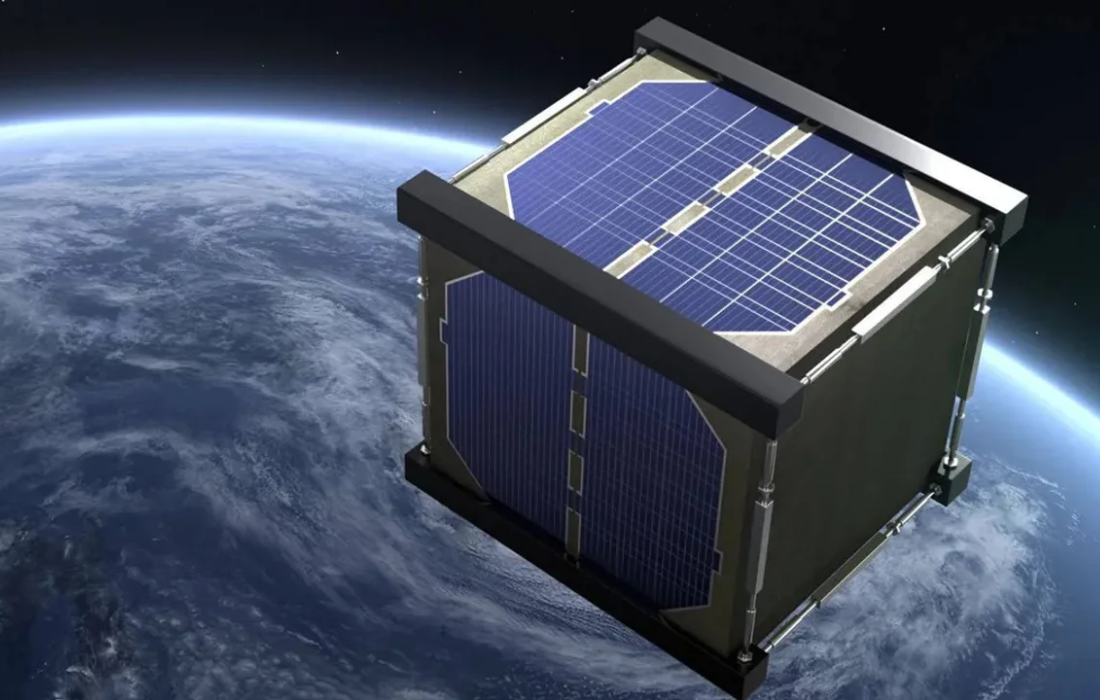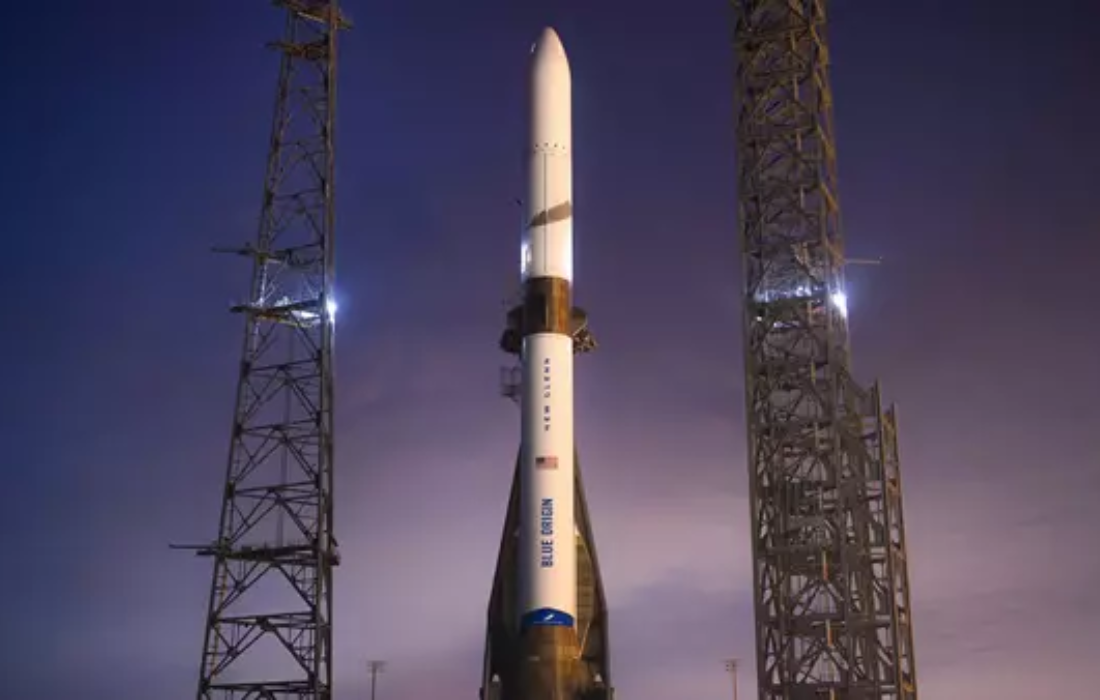In an exciting milestone for sustainable space exploration, LignoSat, the world’s first wooden satellite, was deployed from the International Space Station (ISS) on December 13, 2024. The experimental satellite aims to test the potential of using renewable and eco-friendly materials in space technology, a breakthrough that could pave the way for greener spacecraft designs in the future.
What is LignoSat?
LignoSat is a 1U cubesat, meaning it measures just 4 inches (10 centimeters) on each side, and is made entirely from magnolia wood. Developed by Kyoto University in collaboration with Sumitomo Forestry, the satellite is designed to demonstrate how wood — a sustainable material — can withstand the harsh conditions of outer space, including extreme temperatures, radiation, and the vacuum environment.
The mission will test LignoSat for approximately six months as it orbits Earth at the altitude of the ISS, which is roughly 250 miles (450 kilometers) above the Earth’s surface. The satellite is expected to be pulled back into Earth’s atmosphere by natural drag, where it will disintegrate in a controlled manner, unlike traditional spacecraft that burn aluminum alloys, producing potentially harmful metallic debris upon reentry.
The Mission’s Environmental Significance
LignoSat is not just about testing a wooden material in space, it has a greater environmental purpose. Traditional spacecraft are primarily made from aluminum alloys, which, when burned up during reentry, leave behind metallic dust that could pose environmental risks and contribute to climate change. These metals, particularly aluminum oxides, can damage the ozone layer and alter the Earth’s thermal balance by changing how sunlight is reflected in the atmosphere.
LignoSat could serve as a model for future eco-friendly satellites, potentially reducing the environmental impact of space missions. Its success could lead to a new era of sustainable space exploration where renewable materials like wood could replace conventional, more polluting substances.
Testing the Resilience of Wood in Space
During its mission, researchers will monitor how LignoSat’s magnolia wood body reacts to space’s extreme conditions. Satellites orbiting at the altitude of the ISS experience temperature fluctuations ranging from 250°F (121°C) when exposed to the Sun, to -250°F (-157°C) when in Earth’s shadow. These temperature extremes, combined with constant exposure to solar radiation and charged particles from solar winds, make space a highly unforgiving environment for materials.
Scientists will also measure the impact of geomagnetic levels to determine whether the Earth’s magnetic field could affect the satellite’s technology or interfere with its functionality. This testing will give researchers valuable data on how wood, a natural organic material, behaves under the harshest conditions of space.
Collaboration with Space Agencies and Companies
Launched aboard a SpaceX Falcon 9 rocket on November 5, 2024, LignoSat made its way to the ISS, where it was deployed from the Japanese Aerospace Exploration Agency’s (JAXA) Kibo module. NASA and JAXA have already been experimenting with different types of wood in space to determine which species are most resilient, with LignoSat benefiting from this prior research.
The ultimate goal for the project is to prove that wood can be a viable material for space technology, offering a more environmentally friendly alternative to traditional materials. If successful, this could revolutionize the way satellites are designed and manufactured.
Looking Toward the Future of Sustainable Satellites
The potential for LignoSat to influence future satellite manufacturing is immense. If the mission proves that wooden satellites can endure the rigors of space, it could spark a wave of new eco-friendly technologies in the aerospace industry. Companies like SpaceX, which operates a large fleet of Starlink satellites, could be early adopters of this technology, reducing the environmental impact of satellite reentries and making space missions more sustainable.
Takao Doi, a retired Japanese astronaut and aerospace engineer, expressed excitement for the project’s future. In an interview, he stated that the team behind LignoSat would like to pitch their findings to Elon Musk’s SpaceX, a company that operates nearly 7,000 satellites in orbit.
SpaceX’s involvement would be particularly significant, as the company’s Starlink project is one of the largest satellite constellations ever built. By adopting wooden satellite technology, SpaceX could reduce the environmental burden caused by its fleet of satellites and help combat the rising concern of satellite air pollution.
Conclusion
LignoSat represents a groundbreaking step in the pursuit of sustainable space exploration. By testing the limits of wood in space, scientists are taking a bold step toward greener space missions, ensuring that humanity’s exploration of the stars does not come at the expense of our planet. With further research and development, LignoSat’s success could lead to a revolution in satellite design, making space exploration more sustainable for future generations.















